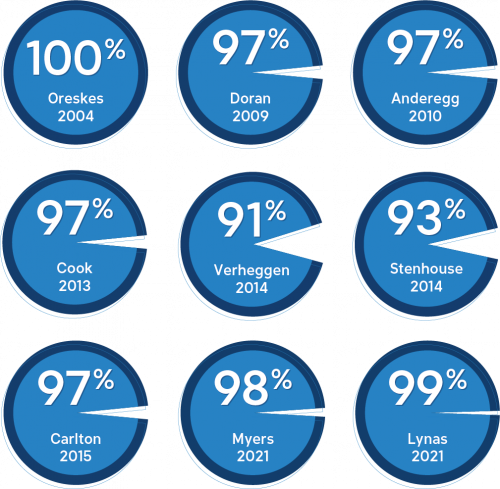Molecules, Vol. 28, Pages 1113: Possibilities and Limitations of the Sono-Fenton Process Using Mid-High-Frequency Ultrasound for the Degradation of Organic Pollutants
Molecules doi: 10.3390/molecules28031113
Authors: Efraím A. Serna-Galvis Javier Silva-Agredo Judy Lee Adriana Echavarría-Isaza Ricardo A. Torres-Palma
Mid-high-frequency ultrasound (200–1000 kHz) eliminates organic pollutants and also generates H2O2. To take advantage of H2O2, iron species can be added, generating a hybrid sono-Fenton process (sF). This paper presents the possibilities and limitations of sF. Heterogeneous (a natural mineral) and homogeneous (Fe2+ and Fe3+ ions) iron sources were considered. Acetaminophen, ciprofloxacin, and methyl orange were the target organic pollutants. Ultrasound alone induced the pollutants degradation, and the dual competing role of the natural mineral (0.02–0.20 g L−1) meant that it had no significant effects on the elimination of pollutants. In contrast, both Fe2+ and Fe3+ ions enhanced the pollutants’ degradation, and the elimination using Fe2+ was better because of its higher reactivity toward H2O2. However, the enhancement decreased at high Fe2+ concentrations (e.g., 5 mg L−1) because of scavenger effects. The Fe2+ addition significantly accelerated the elimination of acetaminophen and methyl orange. For ciprofloxacin, at short treatment times, the degradation was enhanced, but the pollutant complexation with Fe3+ that came from the Fenton reaction caused degradation to stop. Additionally, sF did not decrease the antimicrobial activity associated with ciprofloxacin, whereas ultrasound alone did. Therefore, the chemical structure of the pollutant plays a crucial role in the feasibility of the sF process.

 1 year ago
52
1 year ago
52


